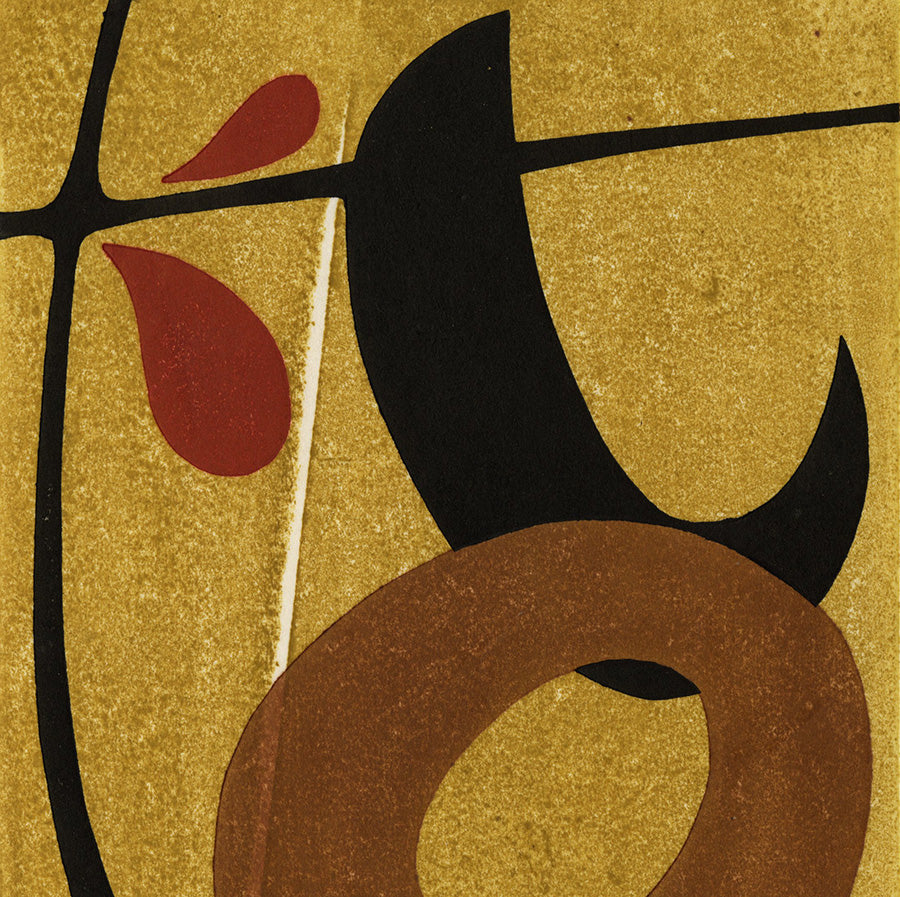 Sold
Sold
View Details
Emanation 70
MAKI, Haku
Color woodcut on Japan paper.Reference: Maki 1330.Edition of 50.Signed, titled, and numbered in pencil, and also bearing a seal in the image.The si...
View full details Sold
Sold
Color woodcut on Japan paper.Reference: Maki 1330.Edition of 50.Signed, titled, and numbered in pencil, and also bearing a seal in the image.The si...
View full details Sold
Sold
Color woodcut and silkscreen with raised embossed elements on wove Japan paper, mounted on a wove support sheet, 1970.Edition of 154.Signed, titled...
View full detailsPlease sign up for our newsletter
Email: info@armstrongfineart.com
Phone: 773-887-6776
1200 West 35th Street, #186
Chicago, IL 60609
Copyright © 2026 Armstrong Fine Art.
Development by Alo Agency. Powered by Shopify
